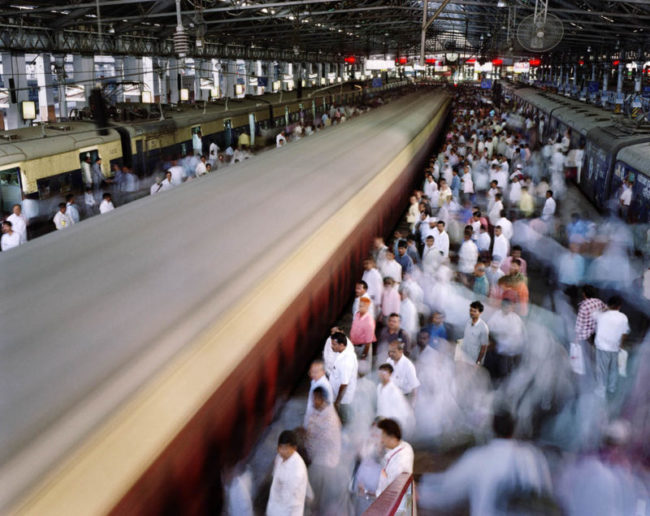One of the most difficult conundrums for both experts and people alike when it comes to urban transportation issues is congestion. No one is alien to the fact that traffic congestion is consistently increasing in India, impacting both the quality of life and economy. The chaotic melée on India’s roads have become the defining characteristic of urban life, the introductory scene for every urban Indian story. However, we are yet to take constructive steps to offset the impacts of this new urban epidemic, and understand this phenomenon in its entirety.
Congestion is defined based on different threshold values like traffic speed and road capacity or density. It can be broadly defined as excess demand for travel over its supply, when there are simply too many vehicles for the available road space. However, in its scope, congestion is as much a play of speed, time, distance, supply and demand as it is about urban planning, transportation scenarios, policy initiatives and street aesthetics. Given the various urban registers it touches upon, congestion is both a problem and symptom.
The unbridled increase in the number of motor vehicles in India (a 6.2 fold increase in the number of registered vehicles in less than two decades) is arguably the most important contributing factor to congestion. It, therefore, seems justified when alien species name themselves after popular car brands thinking that cars are the dominant species populating earth rather than humans! Policies and government decisions have progressively shifted towards strengthening the relevant infrastructure for motor vehicles and accommodating them through measures like road-widening and construction of flyovers.
Some of the causes of congestion are conventional and still rooted in growing cities. These include insufficient and inefficient public transportation, mixed use of dedicated roads, low-price parking policies, lack of connectivity between modes, poor driving behaviour, lack of transport planning, among others. In addition, a combination of various other city-specific factors leads to endemic gridlock like unique travel patterns, street network, city centres, density, roads as multi-purpose public goods, transport policies, etc.
Since studies have shown that better uncongested mobility correlates with the process of faster economic growth, it is important to formulate country-specific and city-level policies to reduce congestion. A deeper understanding of the interactions between urbanization, urban mobility and congestion is required to improve investments in transport and make growth scenario in Indian cities commensurate with the conditions for sustainable transport.
This Calendar is a small endeavour to understand congestion, its problem and possible solutions, and to remind people every single day to join us in starting a constructive debate on this urban endemic.
For copies of this Calendar, contact the SUM Net Secretariat at sumnetworkindia@gmail.com. A soft copy of the Calendar can be accessed here

Victoria Station by Martin Roemers